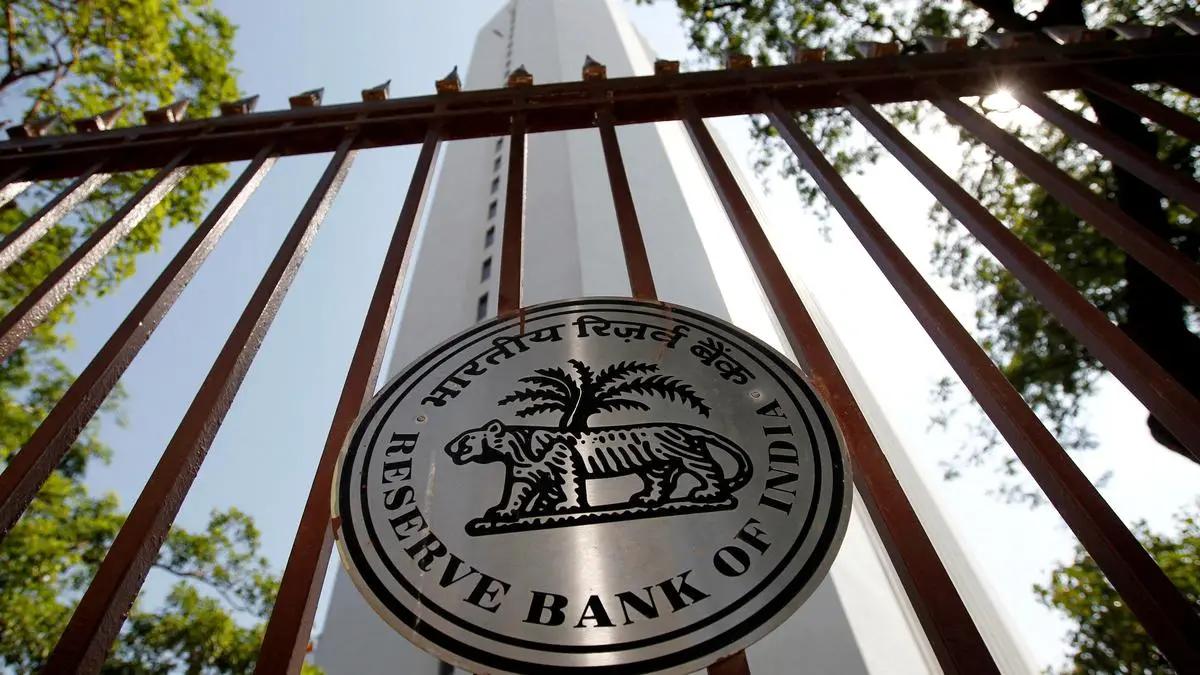India’s latest Reserve Bank of India (RBI) Bulletin underscores the country's remarkable resilience even as global uncertainties—including heightened tariff risks and geopolitical tensions—buffet economies worldwide. The July 2025 ‘State of the Economy’ article highlights a combination of macroeconomic strengths, policy agility, and sectoral dynamism as the foundation for this stability.
Key Highlights: Domestic Drivers of Resilience
The RBI notes that India’s economic activity remains robust, with high-frequency indicators for June showing steady demand and improvement in rural and urban consumption. A positive outlook for the kharif agricultural season and consistent growth in the services sector have helped buffer volatility in industrial production.
Retail inflation eased to 2.10% in June 2025—the lowest in six years—supported by deflation in key food prices. This allowed the central bank to pursue a larger-than-anticipated rate cut and relax the cash reserve ratio, prioritizing growth to counter volatile global conditions.
The merchandise trade deficit narrowed in June due to contractions in both oil and non-oil imports, reflecting improving external balances even as global trade faces uncertainty around new tariff implementations beginning August 2025.
Policy Response and Fiscal Momentum
The government has accelerated capital expenditure, with total public spending growing 19.7% year-on-year for April–May 2025, reflecting a front-loading of budgeted investment.
Fiscal and monetary measures—like targeted support to affected sectors, expanded digital infrastructure, and stronger integration with global value chains—are credited with building resilience, supporting demand, and fostering medium-term competitiveness.
Managing External Risks
The RBI acknowledges ongoing uncertainty regarding U.S. and global trade policies. Negotiations on new import tariffs and shifting geopolitical alliances remain medium-term risks for Indian growth prospects.
Easing geopolitical tensions, particularly in the Middle East, and optimism toward new trade deals have improved market sentiment in recent weeks, partially offsetting earlier caution among domestic investors.
Sectoral Performance and Employment
Rural demand, supported by kharif crop sowing and government stimulus, remains strong, while urban recovery is evident in renewed momentum in automobile and services sectors.
Unemployment held steady at 5.6% in June, with rural areas outperforming urban centers, strengthening the labor market’s contribution to overall demand.
High-frequency data shows India’s agriculture, services, and manufacturing sectors collectively underpinning the current resilience.
Forward Outlook
The Asian Development Bank projects India’s GDP growth at 6.5% for 2025 and 6.7% for 2026, with inflation expected below 4%, confirming both domestic and external assessments of continued strength despite global headwinds.
The RBI emphasizes that “front-loading of government expenditure, easing inflation, targeted fiscal measures, and financial conditions for faster rate transmission” will support demand and growth going into the second half of 2025.
Structural reforms to improve productivity, accelerate infrastructure, and deepen trade links with reliable partners are recommended to sustain momentum in an evolving global landscape.
In sum, the RBI Bulletin attributes India’s current economic resilience to strong macroeconomic fundamentals, proactive fiscal and monetary policies, and resilient domestic demand, even as the country remains alert to emerging risks from external shocks and new tariff regimes.
Sources: Financial Express, NewsOnAir


